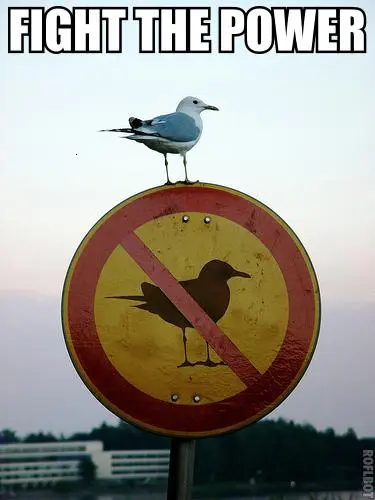- cross-posted to:
- [email protected]
- cross-posted to:
- [email protected]
stack overflow error incoming
So basically that scene in the princess bride when the Sicilian dude is trying to work out which drink Wesley poisoned
I remember that one time I learned man was mortal from all my studying, leading me to carry poison around but put it at maximum arms length whenever I pour it into a glass
Never go up against a Sicilian when death is on the line!
And my wife staring back at me like Wesley did
This seems like a recursion nightmare for overthinkers like me.
I vaguely remember from grad school that “copresence heuristics” were a workable solution, but I don’t remember the details.
Luckily my model of other people’s model of me has lost enough genuine character that it’s more of a trope so my model of someone else’s model of me has like 3 models that apply to everyone and that’s so reductive I ignore them.
Basically, the big circle is what you think of them, and the small circle is what you believe they think of you.
Oh, stay away from semioticians, then.
Semiosis diagrams are like trypophobia bait memes but specifically for information scientists.
And somehow it’s Eve that has the most correct model, including the reflective models.
I have been thinking quite a bit about the models pictured here and what can be achieved by influencing these models. Where it gets interesting is “Alice’s model of Alice” which is the model you may want to learn to ‘hack’ to change your own habits and behavior.
Can somebody explain this? I don’t get it.
You have a model of every person you know in your head and you have a model of how those other people see you in your head. The way you interact (or interface) with other people is based on those models, i.e. how you think they are ans how you think they would respond and how you think they see you.
Alice and Bob are names of User A and B in cyber security textbooks I think
How we percieve others vs how others perceive us perceiving them
And vice versa
I get that part. This is posted in a humor forum though, and I dont see any humor.
Hmm, good point
Woah, I thought I was in [email protected] for a minute there.
What if Bob and Alice are the same person? 👉 👈
Jesse Wells has a line that gets me every time:
“Time is not a mirror/ it’s some distorted view/ of the way you thought you was/ and what you thought they thought of you”







